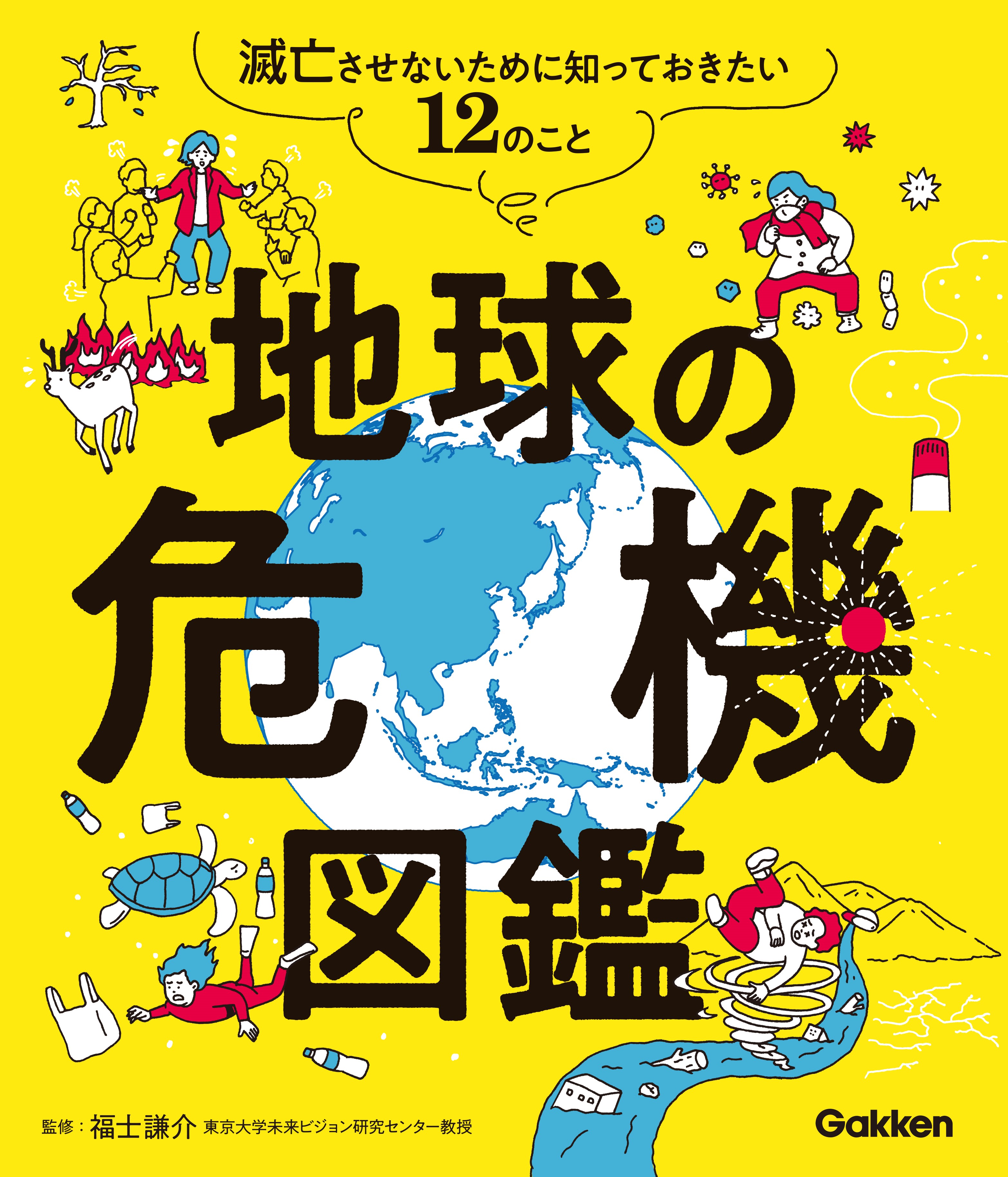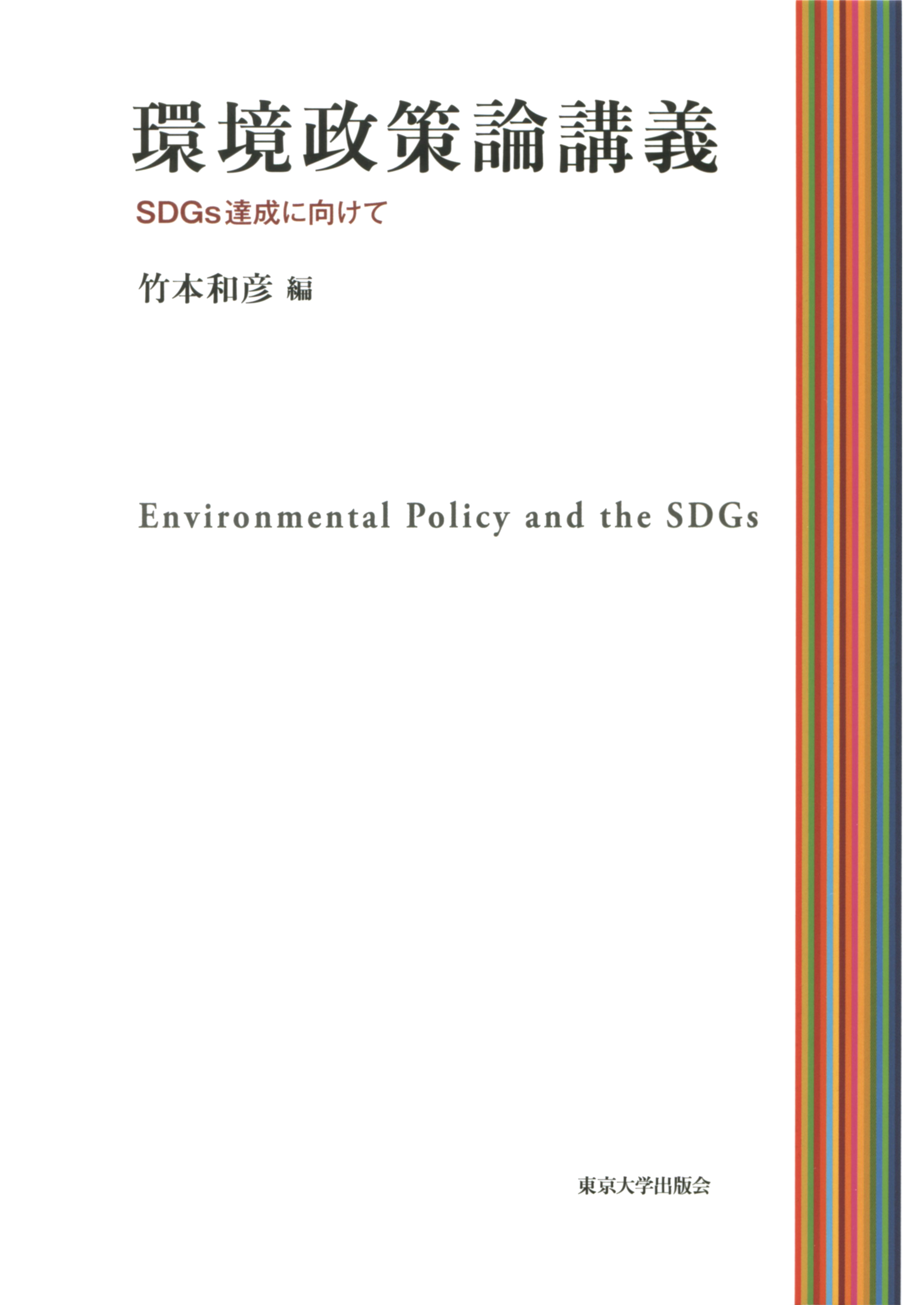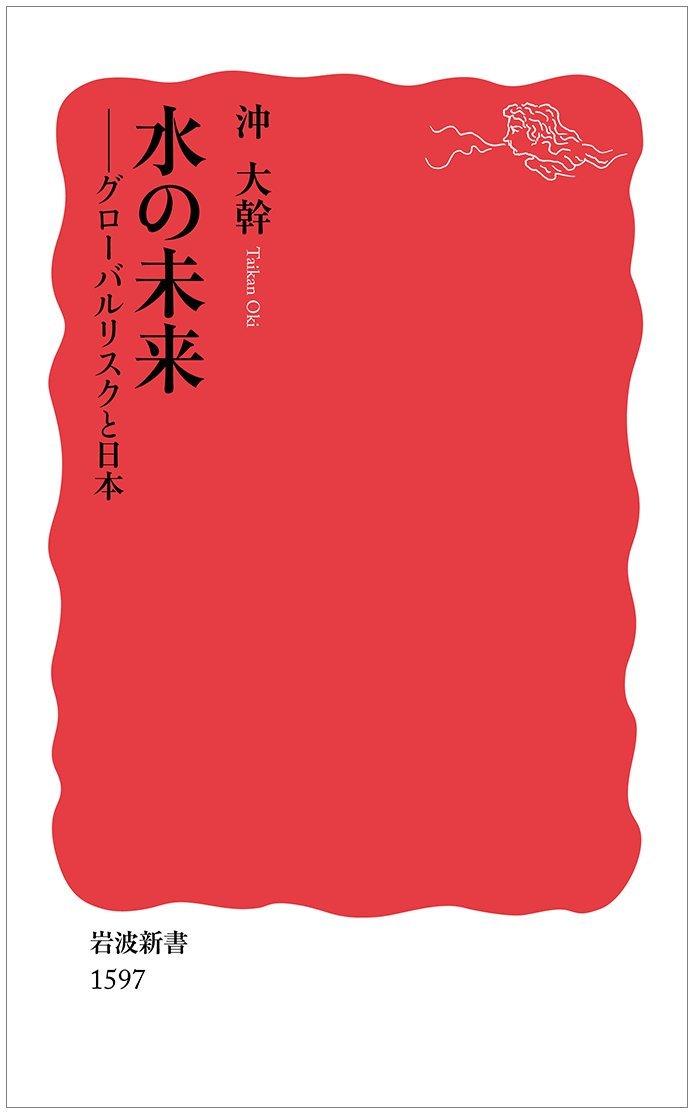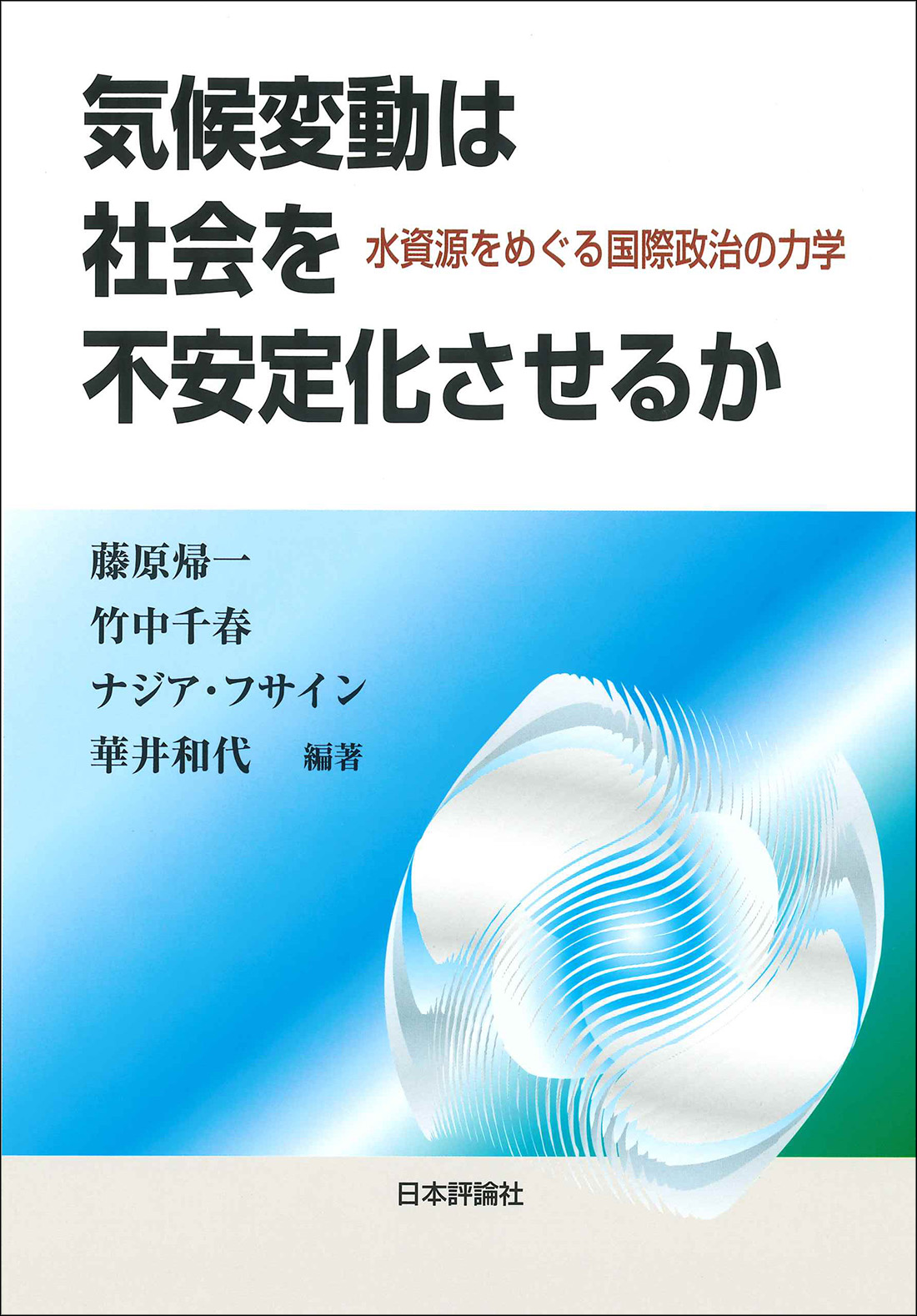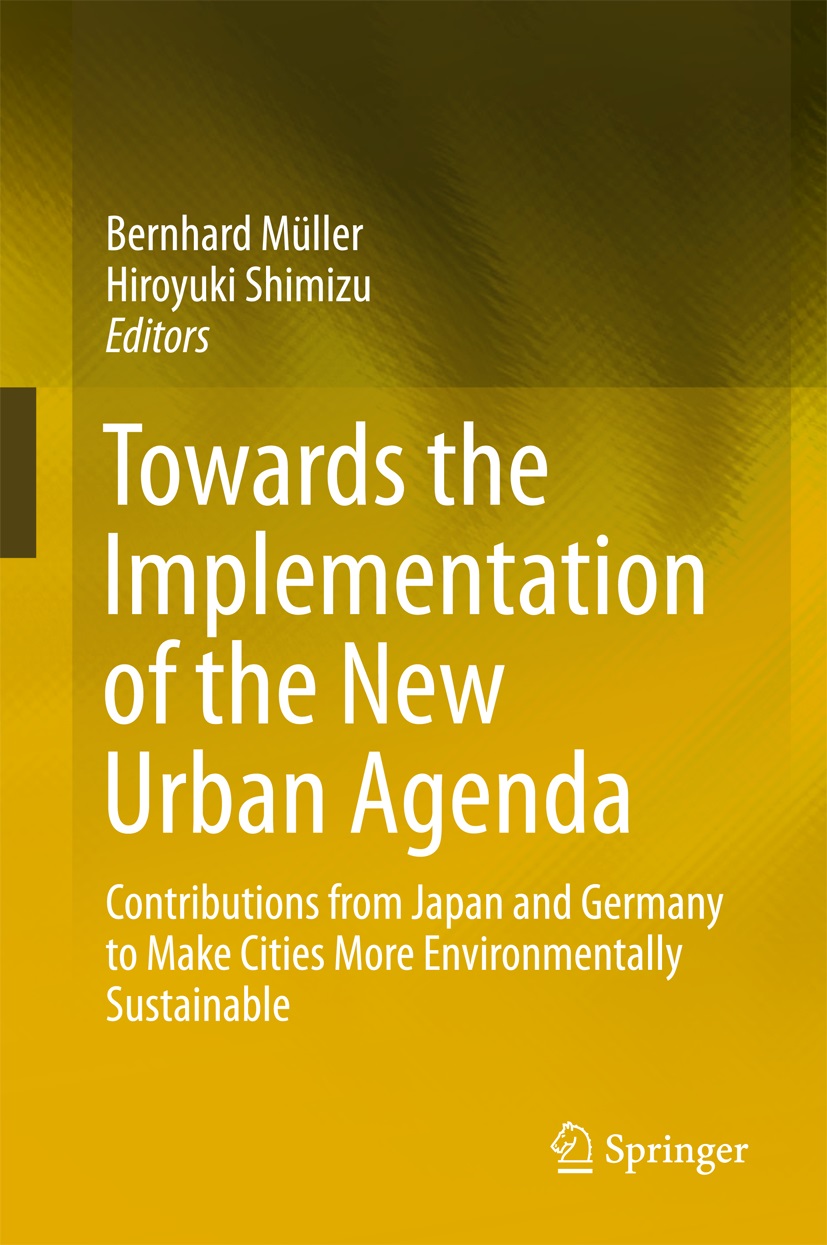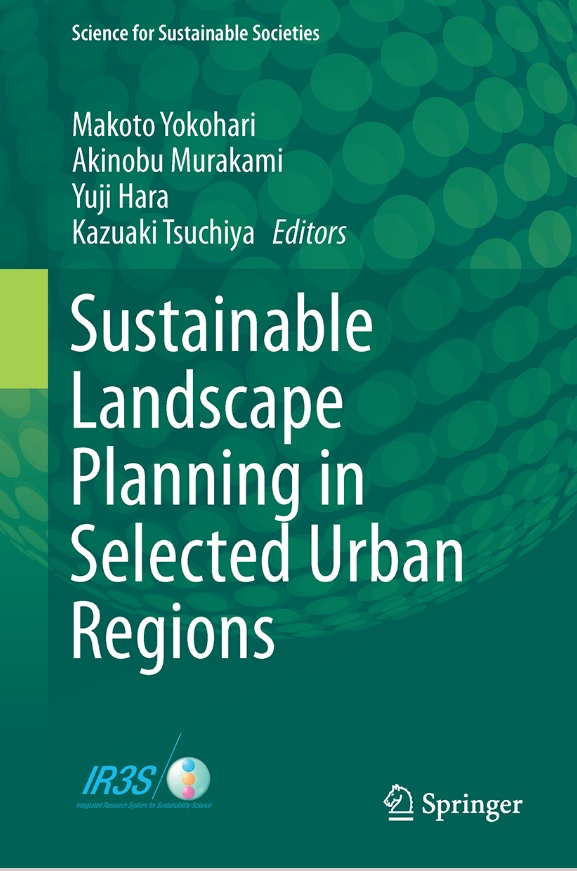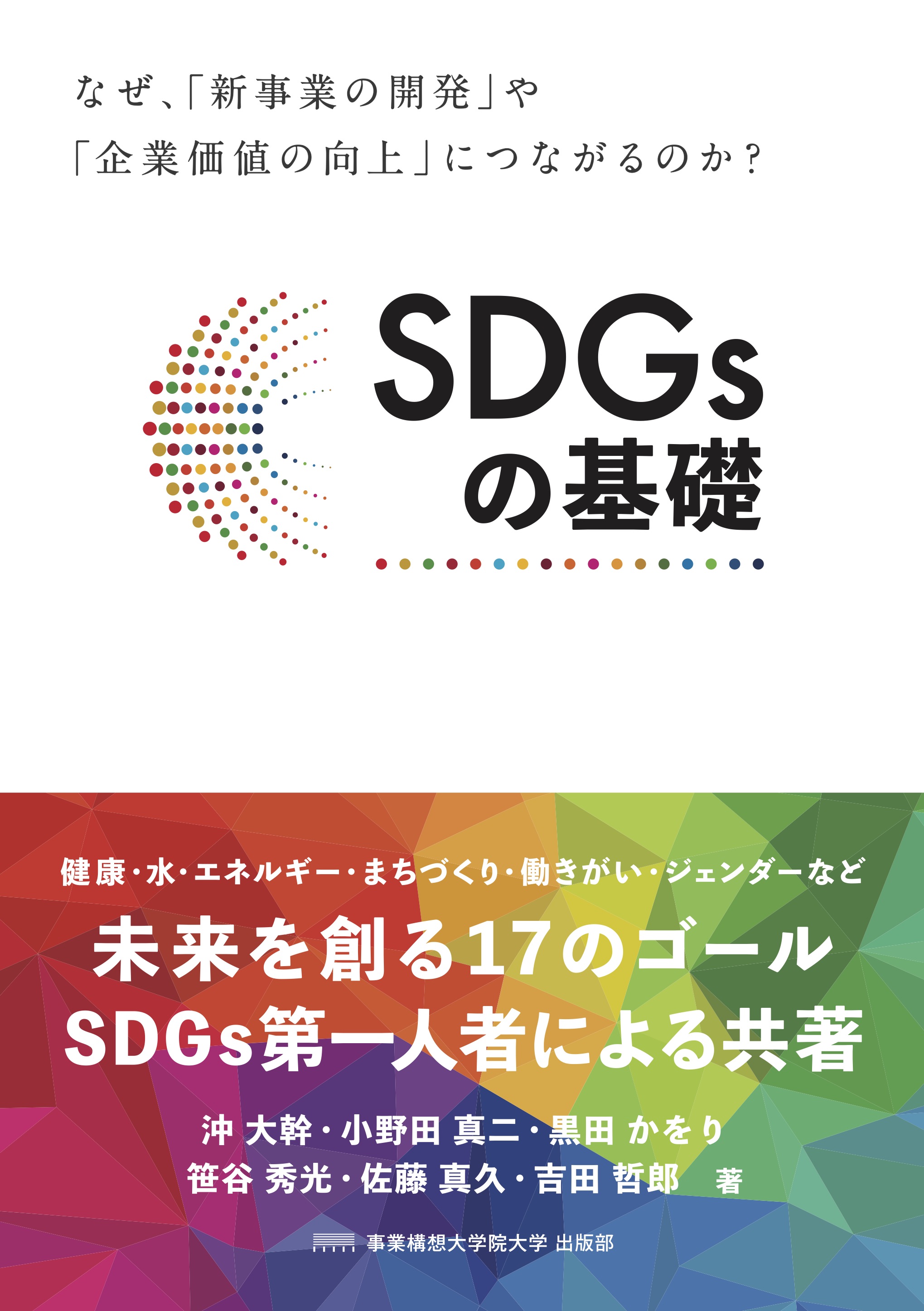
Title
SDGs no kiso (Fundamentals of the SDGs)
Size
180 pages
Language
Japanese
Released
September 03, 2018
ISBN
978-4883354412
Published by
Publishing Department of the Graduate School of Project Design
Book Info
See Book Availability at Library
Japanese Page
The Sustainable Development Goals (SDGs) consist with 17 global goals that were outlined in “the 2030 Agenda for Sustainable Development” (2030 Agenda) that was adopted at the United Nations Sustainable Development Summit in September 2015.
The Millennium Development Goals, which had adopted 2015 as its target year, focused on the eradication of poverty and hunger, particularly focusing on basic human rights in developing countries and other social issues, such as health, education, and gender, which are essential for achieving the overarching goal. In contrast, the SDGs included actions to resolve climate change and global environmental problems such as the conservation and sustainable use of the marine and terrestrial Eco-system. Additionally, they sought to promote inequality reduction, industry and innovation, sustainable cities, and sustainable production and consumption. As observed in the statement at the beginning of the 2030 Agenda, the three dimensions of sustainable development are economy, society, and the environment. The SDGs also presented targets that need to be achieved by developed countries. Perhaps the SDGs are widely known in Japan for this reason. Discussions regarding about the SDGs and the 2030 Agenda occur repeatedly in college classrooms, even in classes that are not directly concerned with social and global issues. The SDGs are apparently being discussed even in elementary and middle schools.
However, why are there as many as 17 goals? It could be argued that if there were as few as five goals that were more abstract, everyone would learn them quickly. The 17 goals may have a certain synergy, such as that between development and environmental conservation––which have 169 targets listed under them. However, there may also be goals and targets that are in conflict, wherein accomplishing one would imply that the other remains unaccomplished.
SDGs are known for its promise to “Leave no one behind.” However, were the SDGs really designed with the hope of “leaving no one behind” by 2030? This is especially questionable given that it was not easy to meet the “halving” targets such as “Halve the proportion of people who suffer from hunger,” which are often seen in the MDGs.
To achieve the SDGs, it would be essential to invest in developing countries, but are there anything else we can do to promote the achievements of SDGs? Do science and technology have expected roles to play? Would the world be better and more sustainable in 2030 if all the SDGs are achieved?
Why do the SDGs have higher expectations from the private and civic sectors, who are presented as key players, than from countries across the globe and international organizations as with the MDGs? In addition, why does the private sector try to respond to these expectations?
This book will answer these questions. The author has served as the Senior Vice-Rector of the United Nations University since the fall of 2016 and has had the opportunity to directly hear from people who were involved in formulating the 2030 Agenda and the SDGs at meetings concerned with the management of the progress of the SDGs. Thus, the author was able to outline views that are not readily included in official documents.
It is my hope that those of you who aspire to conduct research and partake in work that contributes to the resolution of social and global issues will read it.
(Written by OKI Taikan, Professor, Institute for Future Initiatives / 2020)



 Find a book
Find a book


